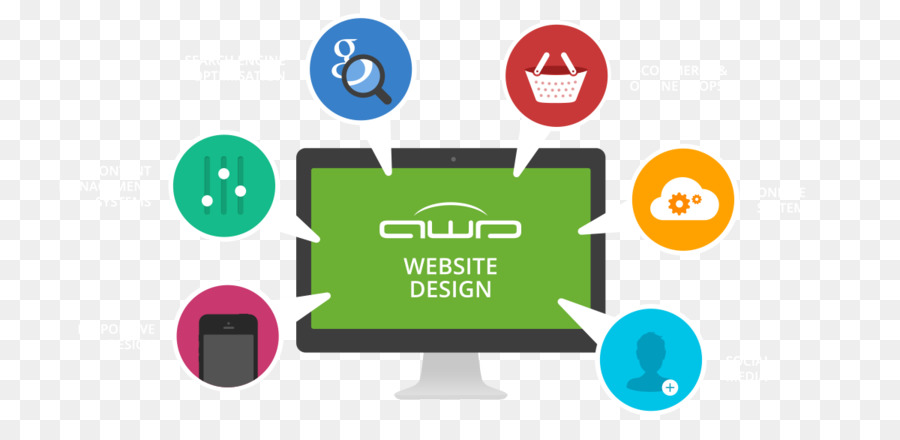Site Style Basics: Tips For Building A User-Friendly Site
Site Style Basics: Tips For Building A User-Friendly Site
Blog Article
Writer-Aguirre Neville
When it concerns internet site style, making sure user-friendliness is crucial. From receptive layout to streamlined navigation, every element plays a critical duty in creating a site that accommodates your audience's demands. However what about the better information that can make or damage an individual's searching experience? Keep tuned as we reveal some often-overlooked pointers that can boost your web site's use to the next level, making it truly attract attention in the electronic landscape.
Relevance of Responsive Layout
Receptive style is an essential aspect of modern-day internet site growth. Guaranteeing your website is responsive methods that it can adjust to various display dimensions and tools, providing a smooth experience for individuals.
With updated blog post increasing use of smart devices and tablet computers to access the web, having a receptive design is vital for reaching a broader audience. It assists in enhancing user experience by making your site very easy to navigate and continue reading any kind of device.
In addition, receptive layout can positively impact your online search engine positions, as internet search engine like Google prioritize mobile-friendly sites. By having a receptive design, you're additionally future-proofing your internet site, as new devices with varying screen sizes continue to emerge.
Simplify Navigating Structure
To boost customer experience and assist in easy accessibility to info on your web site, streamlining the navigating framework is extremely important. When developing your site, concentrate on creating a clear and instinctive navigation menu that aids visitors locate what they're trying to find swiftly.
Restriction the variety of food selection items to the essentials, grouping relevant pages with each other to prevent overwhelming users. Usage descriptive tags that clearly indicate the web content of each page, making it easier for customers to comprehend where each web link will take them.
Think about implementing dropdown food selections for subcategories to prevent jumbling the major navigation bar. Additionally, include a search bar plainly on the page for individuals who like searching for certain info.
Focus on mobile responsiveness in your navigating layout to make certain very easy accessibility on all tools.
Optimize Web Page Load Rate
Improving web page tons speed is vital for preserving visitors on your internet site. Slow-loading pages frustrate customers and can bring about high bounce prices. To optimize web page load rate, beginning by maximizing photos. Press pictures without compromising quality to lower their data dimensions.
In addition, enable web browser caching to store regularly accessed sources in your area, quickening tons times for returning site visitors. Minify CSS, JavaScript, and HTML documents by eliminating unnecessary personalities, comments, and format, boosting tons speed.
Think about using a material shipment network (CDN) to disperse your web site's web content throughout several servers worldwide, reducing latency for customers accessing your site from different places. Finally, limit making use of third-party manuscripts and plugins, as they can significantly impact lots times.
see this website
To conclude, by incorporating receptive design, streamlining navigation, and enhancing web page lots rate, you can produce a straightforward web site that appeals to a bigger target market and improves user experience. These essential elements ensure that site visitors can quickly gain access to and browse your website across various tools, causing boosted involvement and complete satisfaction. By focusing on these key aspects, you can develop a successful site that keeps individuals returning for even more.
